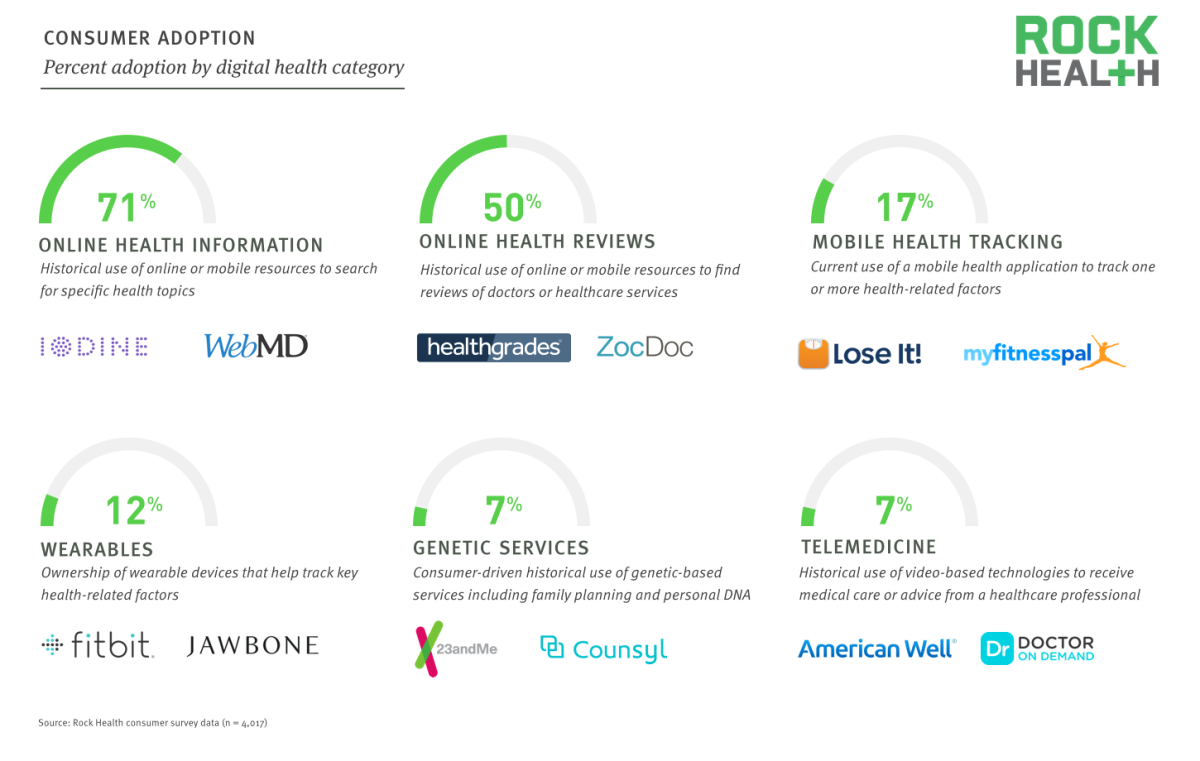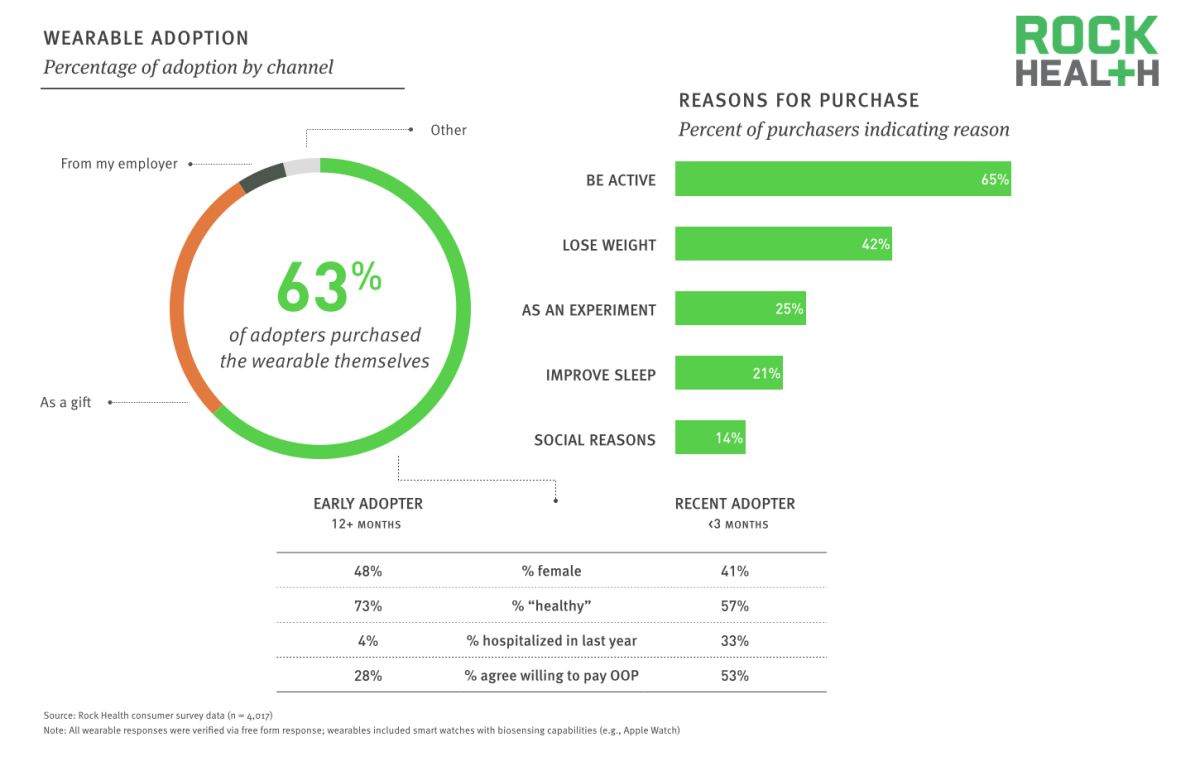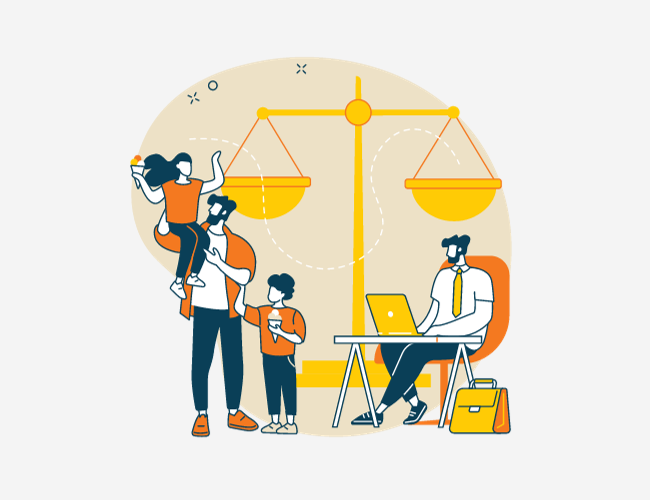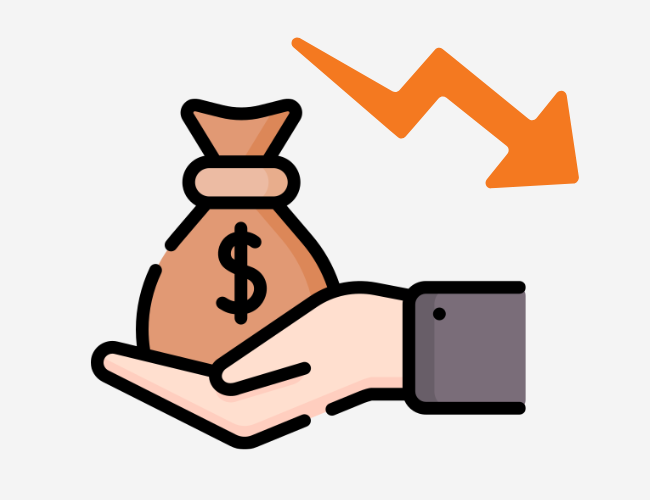A new survey commissioned by Rock Health provides a great deal of insight on the state of the consumer health and wellness market, including information on adoption and drivers of growth. There is lots of great information in the report. Below is a summary of a few highlights that are relevant to those of us in the employee wellness industry.
When exploring the percent of adoption by digital health category, the report uncovered that 17% and 12% of consumers use mobile health applications and wearables, respectively. This is the range of what has been reported by other publications. Together, it is safe to assume that total adoption of the combined categories is above 20%. This is very important to employers, many of which have engagement levels in their wellness programs that are very similar. By meeting their employees where they are and embracing consumer technologies in employee wellness programs, employers can have a great stepping stone for sustainable engagement.
The report also revealed that online health information had the greatest adoption (71%) of any single digital health category. Employees want consumer content. This has been made apparent by other surveys as well. Employers should embrace consumer content through a consumer distribution strategy (not behind a gated portal) in order to ensure employees truly benefit from it.

Another insightful finding from the report was the key drivers for purchasing wearables. With “being active” and “losing weight” as the top reasons for purchasing a wearable device, consumer clearly believe wearables can be used to improve their health. Also, the survey reported that 63% of wearables were purchased by the user. The remaining share was primarily received as a gift or purchased by an employer. Since the majority of these purchases were made by an individual for themselves, personal preferences have a huge impact on the type of devices being purchased, which explains the numerous types of devices in the market today.

Personal preferences and the wide variety of devices currently being used in the market, including the number of mobile apps, is why employers should implement a bring your own device (BYOD) strategy for their employee wellness program. Employees are already using mobile apps and wearables and the number of adopters is growing significantly. Incurring a hefty cost to purchase devices is not a sound strategy. First, it’s expensive. Second, it ignores the personal preferences of each employee. Third, it asks employees already engaging in their health to change what they are doing. Check out this white paper to see why a BYOD wellness strategy makes so much sense.












